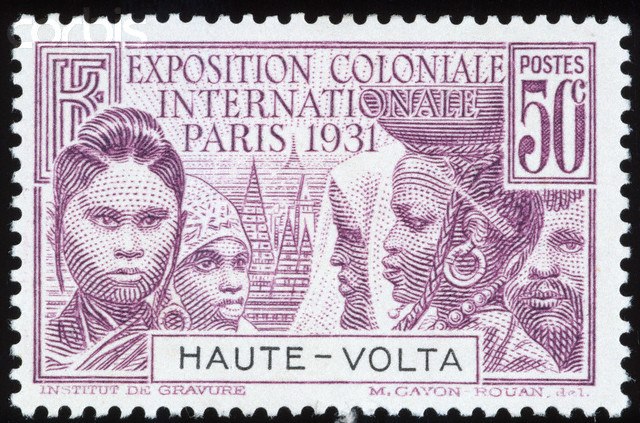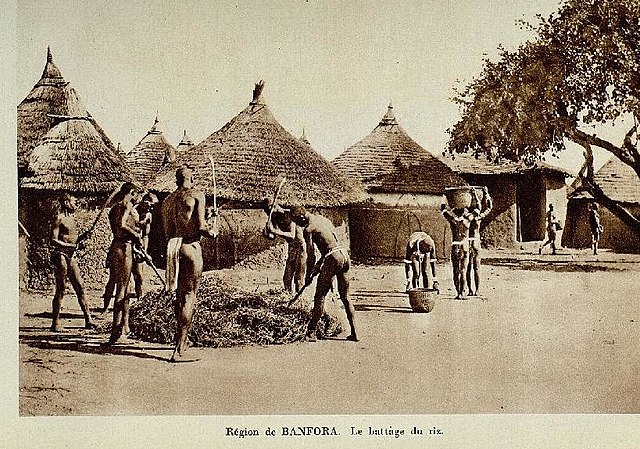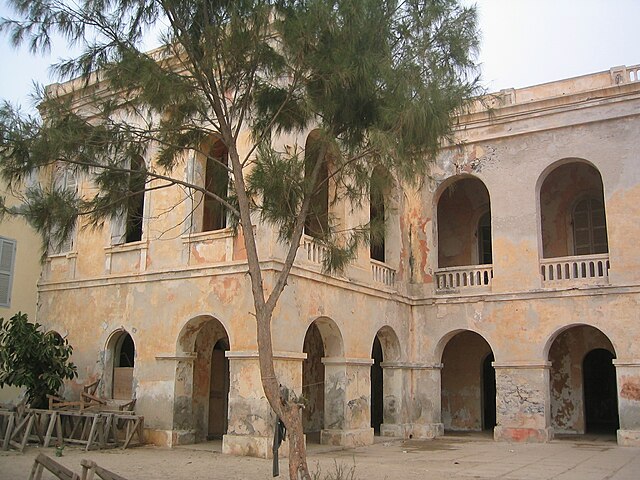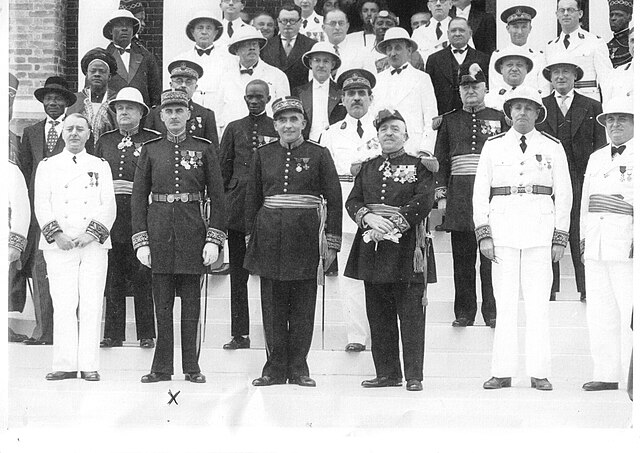Upper Volta was a colony of French West Africa established in 1919 in the territory occupied by present-day Burkina Faso. It was formed from territories that had been part of the colonies of Upper Senegal and Niger and the Côte d'Ivoire. The colony was dissolved on 5 September 1932, with parts being administered by the Côte d'Ivoire, French Sudan and the Colony of Niger.
Upper Volta stamp of 1931, marking the Paris Colonial Exhibition
Threshing African rice in Banfora Department, 1931
Missionary Sisters of Our Lady of Africa at a dispensary in Toma, 1920s
French West Africa was a federation of eight French colonial territories in West Africa: Mauritania, Senegal, French Sudan, French Guinea, Ivory Coast, Upper Volta, Dahomey and Niger. The federation existed from 1895 until 1958. Its capital was Saint-Louis in Senegal until 1902, and then Dakar until the federation's collapse in 1960.
Afrique occidentale française Commercial Relations Report, showing the profile of a Fula woman, January–March 1938
The former Governor's palace on Gorée Island, Dakar, Senegal
A gathering of former Governors of Senegal in Paris, 1950s
Native Africans forced into labor for the construct of the Guinée railway, 1904







